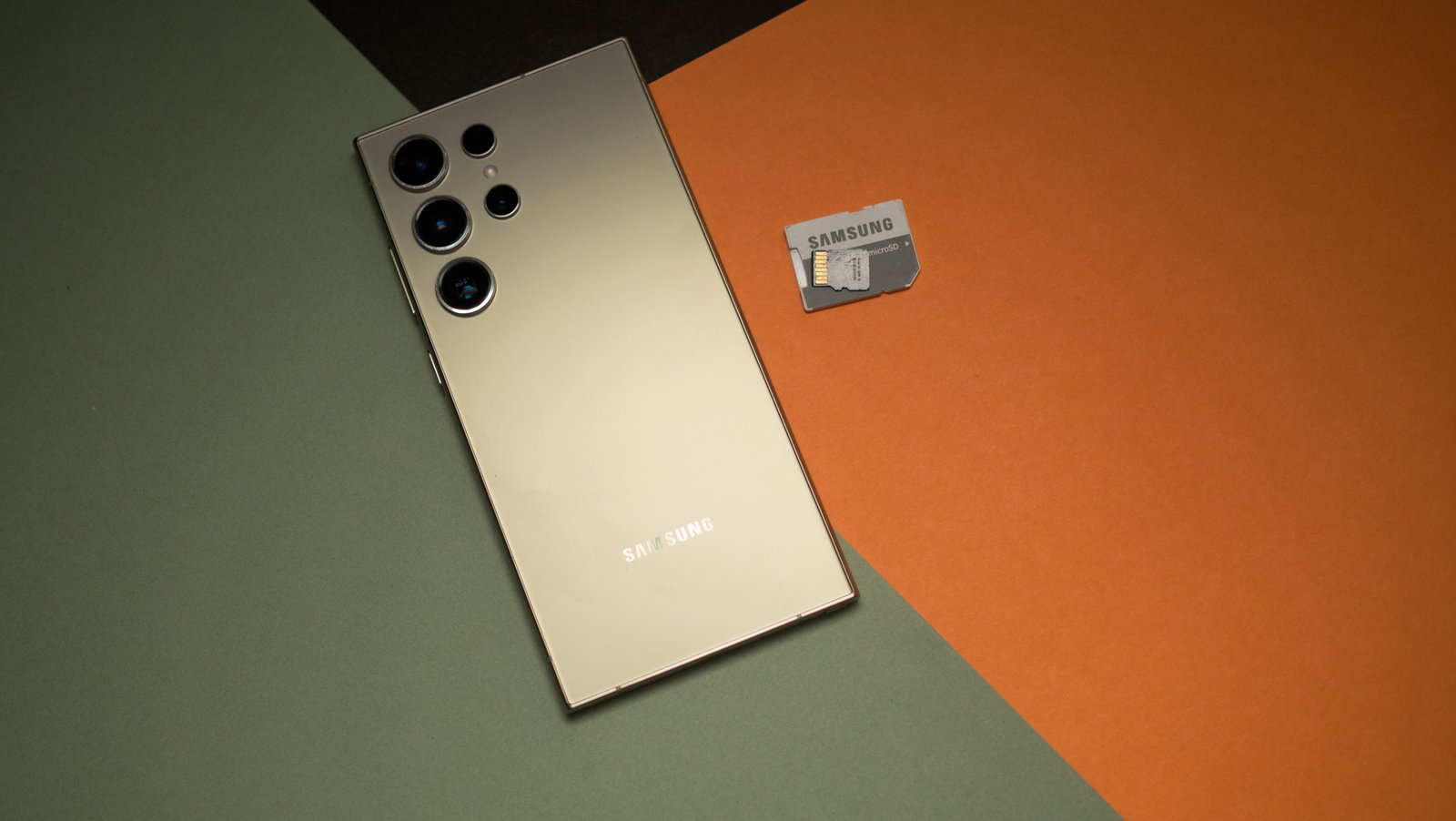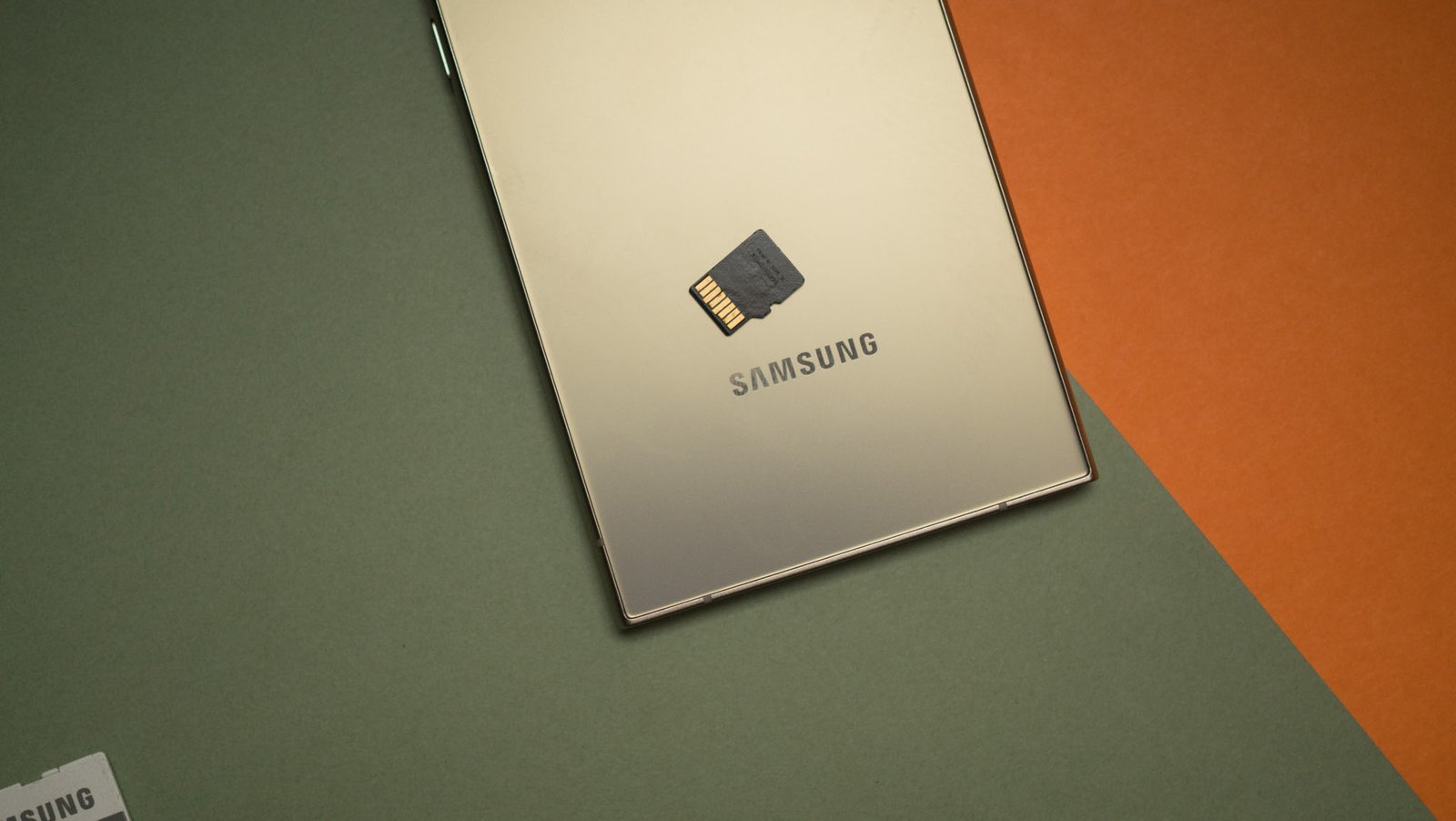In Hardwired, AC Senior Editor Harish Jonnalagadda delves into all issues {hardware}, together with telephones, garage servers, and routers.
Crucially, the usual is just about 8 occasions sooner than 104MB/s that was once imaginable with UHS-I playing cards, and 312MB/s with UHS-II. The SD Express MicroSD playing cards get started at 256GB and move as much as 1TB, they usually use Samsung’s V-NAND tech, which is analogous to what the emblem makes use of in its common SSDs.
Clearly, there is a lot to love with those playing cards, despite the fact that you cut price Samsung’s claims about facilitating on-device AI. But the most important downside with the SD Express usual is that it hasn’t made any mainstream headway even supposing it’s been round for the simpler a part of a decade, and that’s not likely to switch.What’s extra related here’s that MicroSD playing cards are unusable on the most efficient Android telephones; certain, Samsung nonetheless makes a couple of mid-range Galaxy A telephones that experience an MicroSDXC slot, however that record is getting shorter with each era. All telephone producers moved clear of the usual on their flagships, and for just right reason why — even supposing SD Express has heady beneficial properties over UHS-I, it does not grasp a candle to UFS 4.0 garage.
All flagships launched in 2024 characteristic UFS 4.0 garage, and the usual is going as much as 4,000MB/s in sequential reads — 5 occasions that of SD Express. Micron simply rolled out new UFS 4.0 modules which can be miniscule whilst handing over 4,400MB/s sequential reads, and UFS 5.0 is at the horizon.

Phone producers used eMMC garage for a number of years, and as the usual wasn’t noticeably sooner than prevalent MicroSD playing cards, they’d no problems providing expandable garage on their gadgets. But as UFS garage began gaining momentum just about a decade in the past, they’d a predicament: the usual delivered efficiency that was once very similar to NVMe SSDs, considerably outmatching MicroSD.
Brands may just proceed to supply MicroSD slots on their gadgets, however that will have supposed a noticeable distinction in efficiency between the onboard garage and expandable modules, or eschew the port altogether — which is what we ended up with. This scenario is not going to switch with the creation of sooner MicroSD playing cards; manufacturers stand to make a lot more cash by way of upselling customers to shop for higher-storage variants of telephones.
I really like the theory of expandable garage; I exploit the entire M.2 slots on my gaming device, I slotted in a 2TB SSD within the PlayStation 5 to enhance the restricted garage to be had at the console, and installed a 2TB M.2 2230 SSD within the Steam Deck once I were given the hand held. But I by no means felt the wish to accomplish that on a telephone — even supposing it will make moving information to a brand new gadget so much more straightforward.

That’s the second one a part of why maximum telephones wouldn’t have MicroSD card slots: reliability. I’ve had a couple of circumstances up to now the place MicroSD playing cards failed, and I in the end ended up shedding the knowledge saved on the ones playing cards. So after I were given the LG G4 a decade in the past, I determined not to trouble with MicroSD playing cards in any respect and began backing up the knowledge on my telephone to exterior assets — Google Photos at the cloud, and a NAS inside of my house community.
Unless a greater usual comes alongside, it is not likely telephone producers will believe providing expandable garage on their gadgets. Even then, I doubt maximum manufacturers will care; ports are at a top rate this present day, and that iPhones do not also have SIM card trays (fortunately handiest in North America). Given the state of UFS garage and the route the trade is headed in, expandable garage is not coming round again.
Source: www.androidcentral.com



